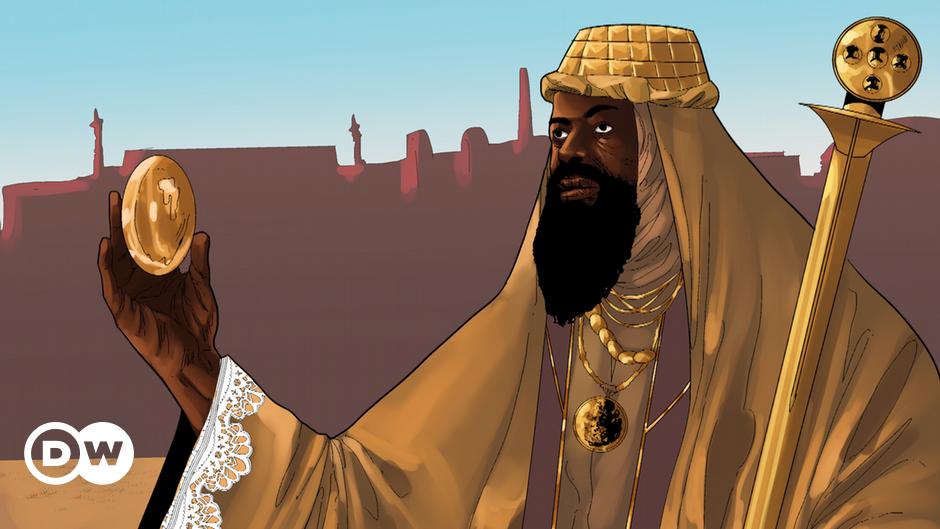
What is the first thing one should note about Kanku Musa?
Kanku Musa was born around the year 1280 in Manden. Although his name is often purported as Kankan Musa, “Kankan” is a deformation of the original “Kanku.” This is a female name he got from his mother: Some of the main ethnic groups were matriarchal, so men also bore their mother’s name. In c. 1313, after the death of his elder brother Abu Bakr II, Musa became the leader of the Mali Empire. During his decades-long reign, he spread the Islamic culture around Mali, and the Empire became one of the most prosperous nations in the world.
Why is Kanku Musa so famous?
Kanku Musa came from the Keita royal family, who ruled Mali over many centuries. He was an extremely rich emperor who built a strong, flourishing state during his reign. According to oral tradition, his grandfather Abu Bakr I was the younger brother of Sunjata Keita, founder of the Mali Empire. Musa’s reign corresponds to the Mali Empire’s golden age.
Click here for more African Roots
What were Kanku Musa’s ambitions for the Mali Empire?
Also referred to as Mansa (“King”) Musa, the “Conqueror of Ghanata” or the “Lord of the Mines of Wangara,” Kanku Musa ruled at a time when the exploration of natural resources was at its most prosperous. He is considered one of the wealthiest men to have ever lived. His wealth was estimated at 400 billion dollars, according to some sources. During Kanku Musa’s reign, he developed long-distance trade. Gold and salt mining were the kingdom’s main sources of wealth.
How did Kanku Musa display his Empire’s wealth?
In 1324 Kanku Musa went on a pilgrimage to Mecca. His caravan was made up of 60,000 men, 12,000 servants, and slaves, heralds dressed in silk who carried golden sticks and took care of the horses and the baggage. This monumental odyssey made him famous, especially in West Africa and the Middle East. In every town the caravan visited, Musa was very generous and gave out some of his riches, which definitely impacted the region’s economy and his growing legend.
What do people remember about Kanku Musa’s masterpieces in this Empire?
Thanks to his significant wealth, Kanku Musa had many religious and administrative edifices built starting in 1325. Among them were mosques, madrasahs, and royal palaces inTimbuktu and Gao. The Sankoré mosque in Timbuktu remains his outstanding masterpiece. It enabled a fertile cultural exchange between Mali and the Arab world. Some Malian students perfected their education in Egypt and Morocco, while some Egyptian and Moroccan scholars came to study in the Sankoré madrasa. At the time, it was a center of excellence for Islamic culture in West Africa.
Scientific advice on this article was provided by historians Professor Doulaye Konaté, Professor Lily Mafela, and Professor Christopher Ogbogbo. African Roots is supported by the Gerda Henkel Foundation.






